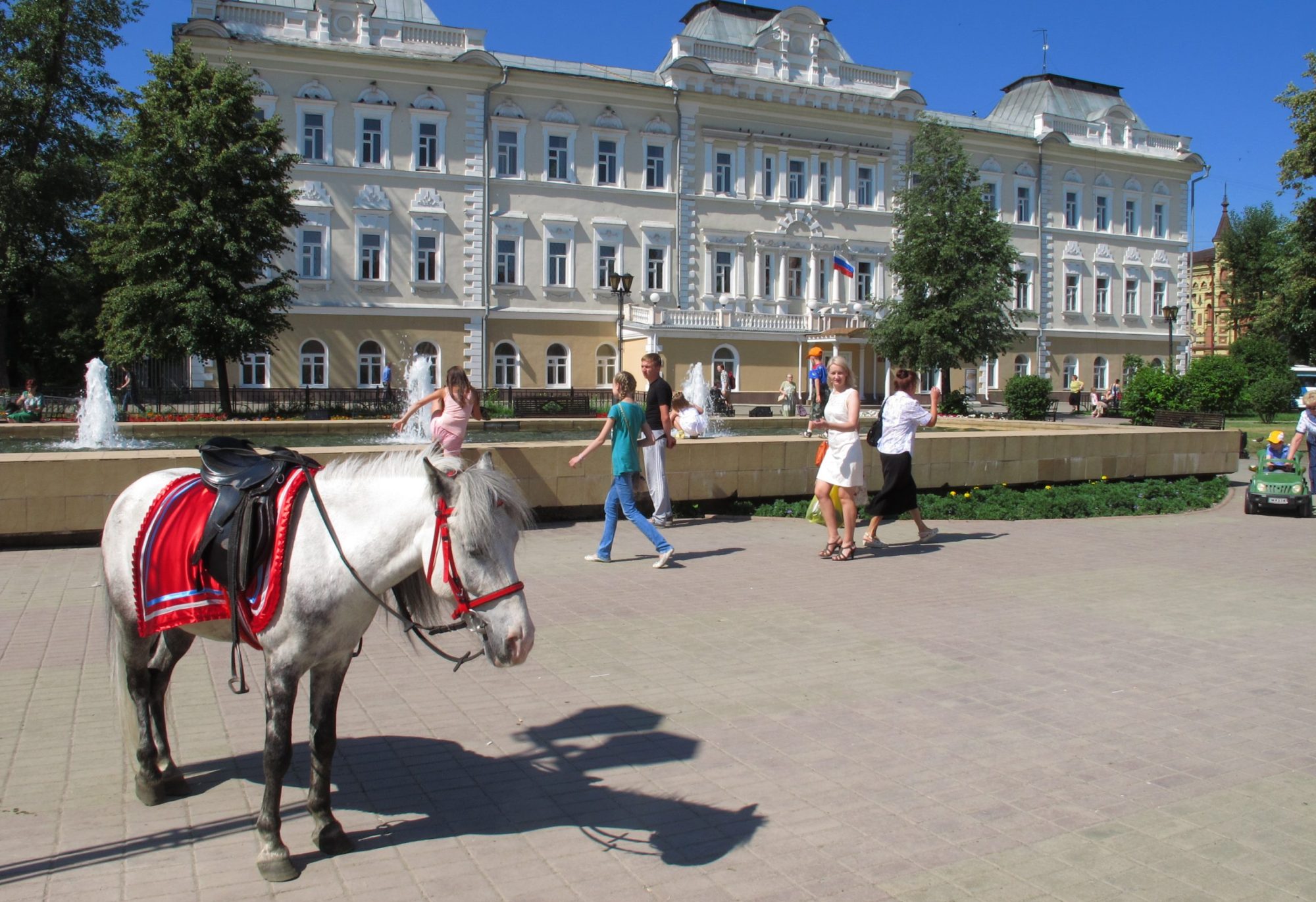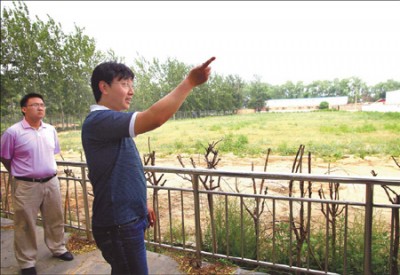It’s been a year since Dubai real estate developer and horse racing operator Meydan said it was spending US$1.5 billion on a ‘horse city’ in Tianjin, the manufacturing hub to the east of Beijing. Never known for glamour – rather its reputation was made in making wind turbines, planes, paint and all kinds of car components – Tianjin is however a train ride from Beijing (30 minutes on the bullet train linking the two cities). But hardly a place for bloodstock expertise.

True, Tianjin had a racetrack a century ago, when Europeans settled the city, and there’s a lot of millionaire factory owners about to bet or back racehorses. But since gambling is illegal in China – and there’s no sign that’s going to change soon, proven by the fact that Beijing has an usused Hong Kong-owned race track closed when it pushed the envelope on trackside betting, I don’t know if there’s any reason to hope this Tianjin-Dubai deal will come through or be successful.
Anyway, read my article below:

The Dubai track: coming to Tianjin soon?
Horsing Around?
How real is prospect of ‘equestrian city’ promised by Emirates investors?
Big announcements are common fodder for Chinese business press: promises and pledges of huge investments, joint ventures, factories fill pages. Barely half the plans are realized, in Tianjin or elsewhere. Yet one of the most intriguing such good-news stories of late was surely the announcement by a Dubai-Chinese joint venture that an equestrian city will be built in Tianjin to breed thousands of thoroughbred horses and run them in local races. Lots more was suggested: tourism, equestrian sports excellence centre etc.
Tianjin Horse City is to be jointly established by Meydan City Corporation (Dubai,UAE), TAK Design Consultants (Malaysia) alongside Chinese partners Zhouji Jiye and Tianjin Farm Group. “The Group will help fulfil the gaps in the equestrian sports and horse culture industry economy in China, and merge the modern equine industry operations system in the coming 15 years.”
It sounds utterly incredulous, and whoever wrote the press release announcing the venture doesn’t seem to know much about the stuttering local equestrian scene which remains immature compared to equestrianism in Japan or the West, particularly since the cash-cow of horse sports, racing, remains grounded here due to a ban on gambling.
Yet the international backers of the project would seem to have some form in the business. Controlled by the government of the United Arab Emirates (of which Dubai is part) Meydan oversees a vast new race course in Dubai (with an obligatory 5-star hotel and “ten fine dining establishments” similar to what’s been promised in Tianjin). Yet the new Dubai project has been branded an “Ozymandias in the desert” by international media outlets as given the recent exodus of expatriates from debt-scarred Dubai.
Another white elephant in the making perhaps, Tianjin Horse City is nothing if not ambitious. When the earth movers move onto the site in Ninghe County, a towland of the city, they’ll be working a 5,000 mu site which will eventually host train facilities for 8,000 equestrian professionals and breed 1,000 high quality studhorses.
In addition to an equestrian college, feedstuff plant, breeding base, horse hospital, and quarantine centre, Tianjin Horse City will also include “five-star to seven-star” luxury hotels as well as offices, and apartments, all in a comparative backwater belt of Tianjin.
Horse City also promises to “hold international and domestic professional horse races, promote and impart equine culture and knowledge to youths, provide tourism services for the public, and protect the wellbeing and interests of equines.”
Phew! And everything will be up and running by 2015. In fairness there are some things in Tianjin’s favour. It has a track record as a testing ground for off-beat sports. The first baseball stadium post-1949 was built here – by the Dodgers boss no less. Tianjin is also the site of a new motor racing track being built by an operation connected to the Beijing-based Goldenport racetrack operator. And there’s talk of a new yacht club in the city.
Also in Tianjin’s favour is its proximity to Beijing which is far and away the centre of China’s equestrian scene, boasting more equestrian clubs than the rest of the country’s cities put together. Tianjin, where land is cheaper and more available, could be a good base to service such a scene.
But who needs 1,000 horses? True, imports of bloodstock are growing, but from a small base and are unlikely to amount to more than a couple of hundred horses a year. Moreover there is local capacity to supply racing steeds: the ill-fated Jockey Club in Beijing’s Tongzhou suburbs breeds 2,000 horses a year.
There are plenty in Meydan’s home turf who similarly question the project’s ability to provide 10,000 jobs and “pay hundreds of millions of taxes and profits to the State within five years” – not to mind franchise its operations across China. The announcement has caused some head-scratching in UAE financial circles, given the territory has had a torrid time of it lately dealing with debt built up from rash construction projects. An editorial writer on the popular local business portal Arabianbusiness.com noted that “few people in Tianjin or even in China seem to have heard anything about this Tianjin Horse City project until the recent announcement by Meydan through press releases.”
“Given that the accumulated total foreign investment in Ninghe to date is just around $290 million, such a huge inflow (of $4 billion over time) as announced by Meydan should not have gone unnoticed. So it’s very strange that nobody in China seems to have heard of this JV up till now.”
Arabiabusiness pertinently asks Meydan didn’t instead partner with the Royal Nanjing Jockey Club in Nanjing, which has apparently been trying to partner with Meydan to brand and develop its race course, currently being upgraded. “It seems strange that Meydan should even consider such a major equestrian based real estate project in such a small town when it has been invited to participate in much better cities with an already licensed race course operator.”
In true Leninist style the Horse City management has prepared two five year plans, the first spanning five years and eight months from May 2010 to December 2015. By the end of 2011, the equestrian college, studhorse base and feedstuff plant will be completed and put into trial operations. By the end of 2012, the horse trading centre, hotel, clubhouse, shopping centre, and entertainment centre will be completed and by the end of the following year offices and living facilities will be completed.
By 2014, national standard club events, national equestrian club and national equestrian park franchises will be developed. The second five-year plan spans from January 2016 to December 2020, which will focus “on the listing of the Company and cohesion with the international horse industry.”
Though their feasibility is questionable there are some admirable aspects to the project, notably its educational offering. Up and running in 2012 with 1,000 students and 50 teachers, the US$1.4 billion Hua Zhi Jie International Equestrian College will be jointly established with a local (unnamed) agricultural university, and a sports university to train “qualified professionals as future equestrians to support the horse industry”. Graduates will include vets and “horse breakers.”
If it does happen, the college will provide some first for China: a horse hospital, quarantine centre and horse feedstuff plant. But does China needs a stud farm with “1,000 different blood horses, most of which will be derived from good stud horses in the world.” Seeing perhaps too much of the commercial aspects the backers say: “highly ranked imported blood horse may sell at RMB1-10 million or more.”
Other promises of the project are somewhat ethereal, if laudible. The 1,000 horses will produce about 10 tons of manure, enough for a biomass pool to generate methane for daily cooking, heating and lighting as well as fertilizer for local land. Production at the project’s feed factory will combine imported formulas and equipment but some 50% export of output will be exported. Given the difficulties of china’s existing equestrian clubs in sourcing quality hay (given China’s lack of arable land and problems of overgrazing in grass belts like Inner Mongolia) and feed suitable for horses the projection sounds particularly optimistic.
Horse City is also being optimistic in predicting its horse auction house will have an initial trade volume of 700 horses a year, “with an annual increase of 10%, up to 1,050 horses a year in the fifth year.” More astounding though is a plan to develop 500 standard equestrian clubs and 500 equestrian parks, “with 25,000 employees and 50,000 studhorses, with a production value of RMB30-50 billion.”
Another Horse City pledge is the establishment of the China Equestrian Professional League. “In particular, in the first year, the company will standardize various equestrian matches, train various talents, and enhance the level of equestrian sport and the quality of horses in China.” Research on “equestrian standards” apparently already commenced in May this year.
Yet while such ventures may do much for the standardization for the club and competition scene here the suggested “mass appeal” for equestrian sports which Horse City promises to generate seems unlikely any time soon given the country has only a patchy series of local equestrian competitions and scant sponsorship of same.
Most intriguing of all is what the project planners have to say on horse racing, which would seem vital to any project of this scale. Intriguingly while the project promises racing the press releases so far note the “commencement of the construction of a horse racing field will depend on the decision of the State on commercial horse racing.” “The Group though in the meantime “will pay attention to and make proposals on the policy of the State in respect of commercial horse racing, seek the support of the State and local governments.”
Others have tried, and a Wuhan already hosts a major Hong Kong-invested racetrack with jockey training centre, which has been described in local media as the country’s test bed for legalized racing-for-betting. There have been no announcements that Wuhan is making much progress in persuading local powers that be. So it’s difficult to see how Tianjin would get the green light any faster. But without racing there seems less chance of success for a five-star to seven-star international hotel with a capacity for 3,600 guests.
I stand open to correction, and wait to be convinced by events, but so far this whole project smells somewhat of equine manure. Given Dubai is no longer as flush with cash as it used to be there will clearly be consequences if things don’t work out for Meydan in Tianjin. That Arabianbusiness.com editorial puts it bluntly. “Meydan, being part of a Sovereign Fund, has both the business and moral obligation to seriously achieve commercial viability for all of its activities be it foreign or domestic if it wants to establish the credibility that Dubai as a whole lost during the recent financial crisis.”




